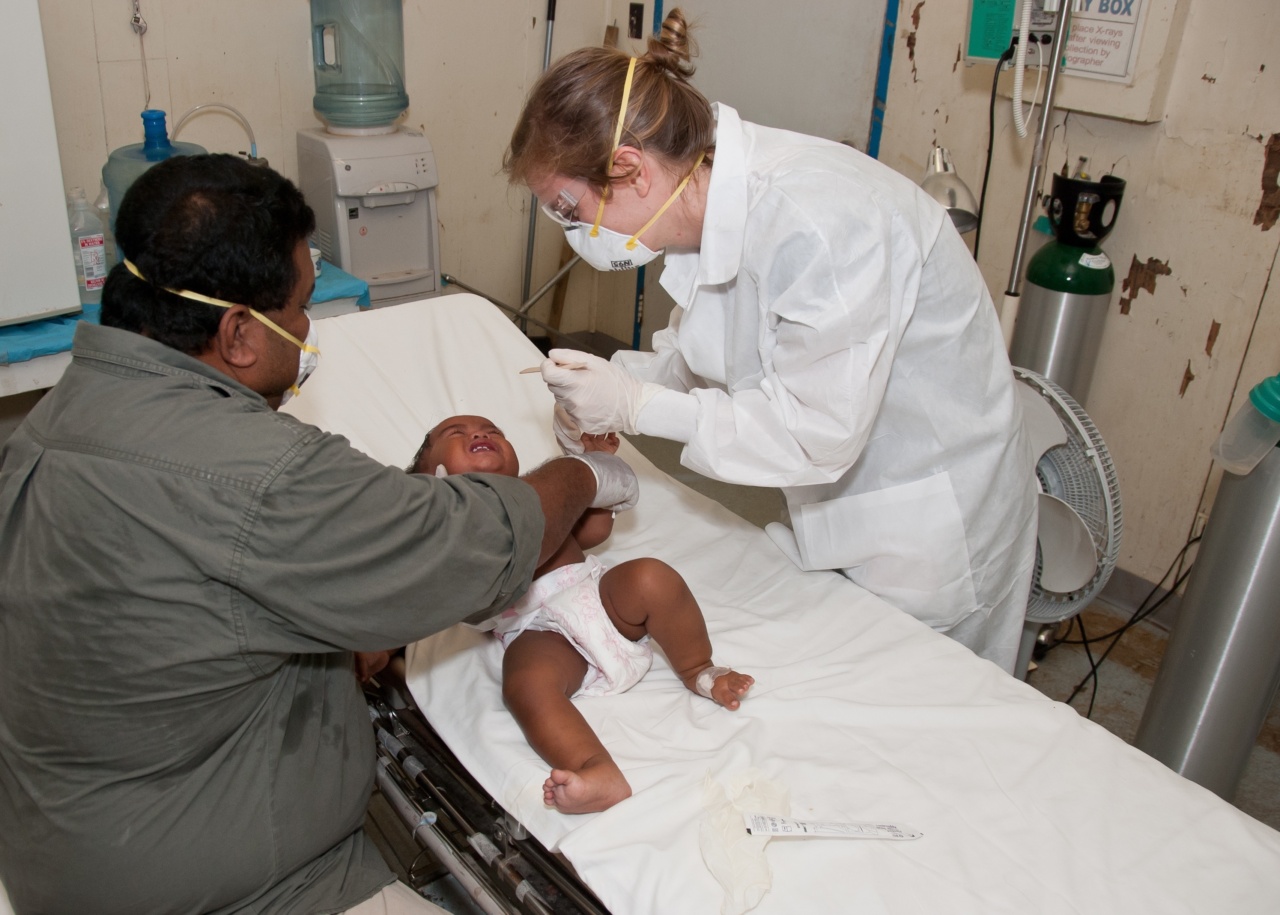Baby hemangiomas are commonly known as birthmarks that develop after a child is born. Birthmarks are often non-cancerous and do not pose any significant health risk. Baby hemangiomas, however, can grow rapidly during the first few weeks after birth.
They can also cause complications, such as infection, ulceration, bleeding, and vision, and breathing difficulties if they develop on the face or near vital organs. In this article, we will explore the causes and treatment options available for baby hemangiomas.
What are Baby Hemangiomas?
Baby hemangiomas are a type of non-cancerous tumor that develops in the blood vessels of infants. They are also known as infantile hemangiomas or strawberry hemangiomas.
They typically appear as small, red lumps or patches on the skin, but they can also develop internally in organs such as the liver or lungs. Hemangiomas are usually not present at birth but can appear in the first few weeks or months of life. They tend to grow rapidly during the first few months, then gradually shrink and disappear over time.
Causes of Baby Hemangiomas
The exact cause of hemangiomas is not yet fully understood. However, research has shown that they develop due to an overgrowth of blood vessels. There are several factors that may increase a child’s risk of developing a hemangioma, including:.
- Being female
- Low birth weight
- Being of Caucasian descent
- A family history of hemangiomas
There is no known way to prevent a baby from developing a hemangioma.
Symptoms of Baby Hemangiomas
Baby hemangiomas usually appear as small, red lumps or patches on the skin. They may be slightly raised or flat and can vary in size from a pinpoint to several centimeters in diameter.
Hemangiomas are most commonly found on the face, scalp, neck, chest, and back. They can also develop on the internal organs such as the liver or lungs. In some cases, hemangiomas can be associated with other medical conditions, such as:.
- PHACES syndrome (a rare disorder that affects the brain, eyes, and other parts of the body)
- Klippel-Trenaunay syndrome (a rare condition that causes abnormal growth of blood vessels, soft tissues, and bones)
- Beckwith-Wiedemann syndrome (a rare disorder that affects growth and development)
Diagnosing Baby Hemangiomas
If your child has a birthmark that you suspect may be a hemangioma, you should seek medical advice.
A healthcare provider will examine the birthmark and ask questions about your child’s medical history to determine whether it is a hemangioma or another type of birthmark.
In some cases, the healthcare provider may recommend further tests, such as an MRI or ultrasound, to determine the size and location of the hemangioma. These tests may also be used to check for any internal hemangiomas that may cause complications.
Treatment Options for Baby Hemangiomas
In many cases, baby hemangiomas do not require treatment and will disappear on their own over time.
However, treatment may be necessary if the hemangioma is large, affects vital organs or functions, or causes complications such as bleeding, infection, or ulceration.
There are several treatment options available for baby hemangiomas, including:.
- Observation: In many cases, the healthcare provider may recommend watching and waiting to see if the hemangioma will resolve on its own before pursuing other treatments.
- Oral medications: A healthcare provider may prescribe medications such as beta-blockers or corticosteroids to reduce the growth of hemangiomas.
- Laser therapy: A laser can be used to reduce the size and appearance of hemangiomas by targeting abnormal blood vessels.
- Surgery: In rare cases where a hemangioma is causing significant complications, a healthcare provider may recommend surgical removal of the hemangioma.
The choice of treatment will depend on the size and location of the hemangioma, the age and health of the child, and the potential risks and benefits of each treatment option.
A healthcare provider will work with you to develop a treatment plan that is best for your child.
Preventing Complications from Baby Hemangiomas
There are several things that parents can do to help prevent complications from baby hemangiomas, such as:.
- Keep the skin clean and dry to prevent infection.
- Use soft, loose clothing to avoid friction and irritation of the skin over the hemangioma.
- Avoid robust massage of the hemangioma.
- If the hemangioma is on the face, or near vital organs, seek medical advice to assess the need for treatment.
Conclusion
Baby hemangiomas are a common type of birthmark that develops during infancy.
Although they are typically not harmful, they can cause complications such as bleeding, infection, and vision or breathing difficulties, particularly if they develop on the face or near vital organs. Treatment options for baby hemangiomas vary depending on the size and location of the hemangioma and the potential risks and benefits of each treatment option.
If you notice a birthmark on your child’s skin, you should speak to your healthcare provider to determine if it is a hemangioma and whether treatment is needed.































